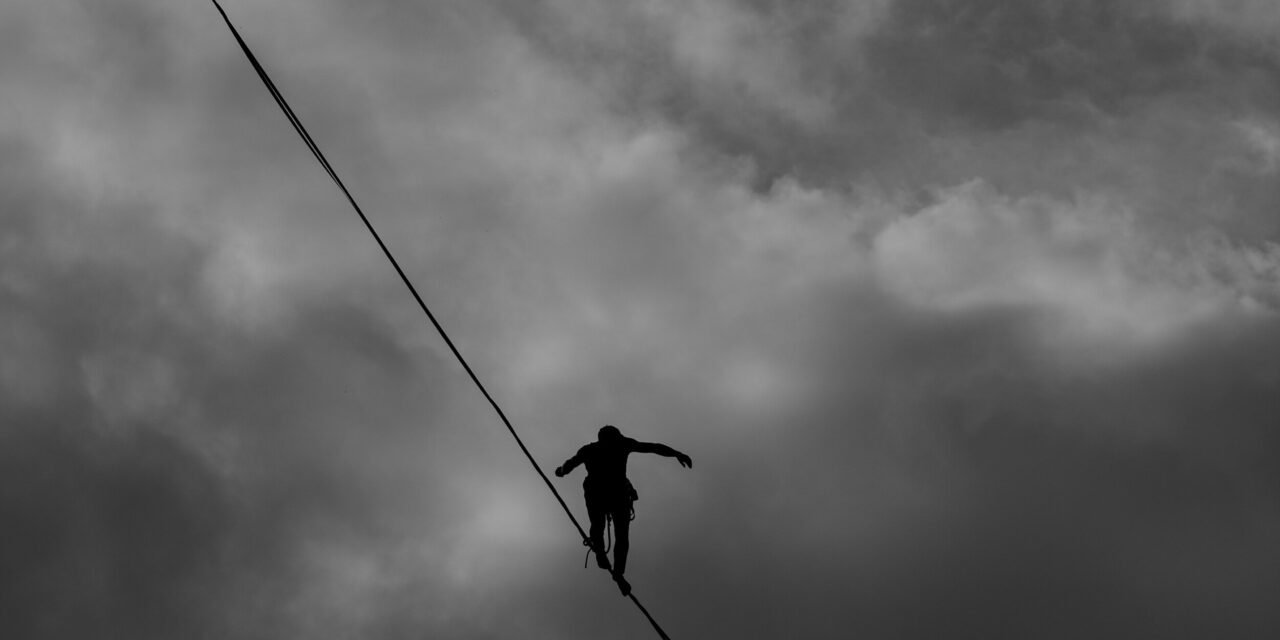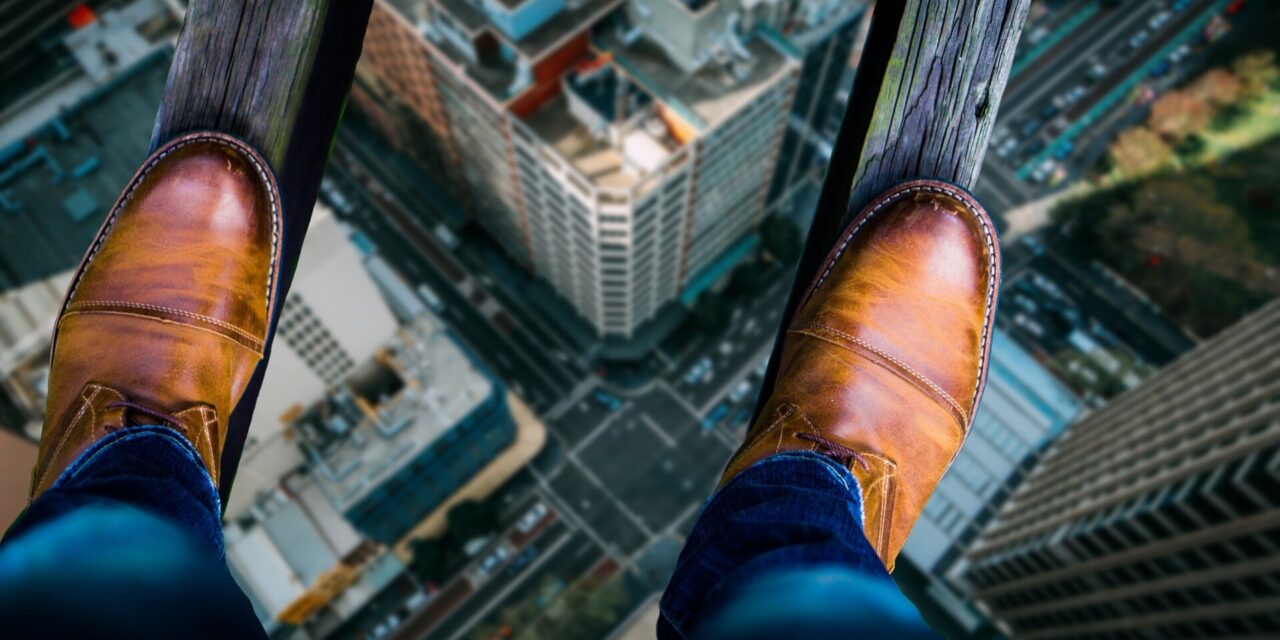A concussion is a specific type of mild traumatic brain injury caused by a force to the head or body resulting in symptoms originating from brain and does not have to involve a loss of consciousness. Concussions occur via one of two mechanisms, the first is a direct contact to the head, such as a...
What Is Vertigo?
July 9, 2021
I woke up with dizziness It feels like the room is spinning when I turn my head I think I am too dizzy to get out of bed These are all common complaints from patients suffering from vertigo. The most common form of peripheral vertigo is Benign Paroxysmal Positional Vertigo (BPPV). The most common description...
The CDC reports one in four adults over the age of 65 have sustained a fall in the previous year. The rate of falls is expected to increase as our older American population continues to age. Consequences of falling include fracture, head injury, and a higher risk of mortality after the fall. Authors report a...
How Can I Treat My Dizziness?
August 25, 2020
Clear vision relies on seamless communication between the vestibular organ (in your inner ear) and your eyes. This allows your eyes to almost instantaneously adapt to changes to your head and body position. This is called your vestibulo-ocular reflex (VOR) and problems with this reflex are a common cause of dizziness and motion sickness. In...
What Is Causing My Dizziness?
August 25, 2020
Clear vision relies on seamless communication between the vestibular organ (in your inner ear) and your eyes. This allows your eyes to almost instantaneously adapt to changes to your head and body position. This is called your vestibulo-ocular reflex (VOR) and problems with this reflex are a common cause of dizziness and motion sickness. In...
Physical Therapy Can Improve Motion Sickness
August 17, 2020
Many of us suffer from some degree of motion sickness. This can be triggered by large motions such as sitting in the back seat of a car while zipping around a windy Colorado mountain road, or can be triggered by more subtle things like moving through a grocery store or checking your phone while walking....
You could be forgiven if you felt exercise should involve accessories such as vision altering goggles, balance boards, color coded objects, and other unstable surfaces after watching national sports highlight shows playing videos of professional athletes going through their pre season training. It seemed to be the theme of the year for one professional athlete...
Performing traditional strength training movements with an added component of instability has long been know to change the recruitment of muscles. The unstable nature of the exercise enhances position sense (proprioception), balance, and joint stabilization during each repetition. Previous research recommends using stable surfaces and exercises when the goal is optimal strength and power development. ...
The back squat is one of the most efficient and effective exercises for lower quarter strength development. This exercise can be performed with dumbbells, barbell, or a slosh tube. Slosh tubes are a recent addition to resistance training equipment made up of a PVC pipe filled up to 1/4 to 1/2 with either water or...
Increased Ankle Stiffness Reduces Proprioception and Balance
December 14, 2017
Injuries to our spinal and extremity joints can impact a variety of structures including muscle, ligament, and nervous system receptors. The sensors or proprioceptors are critical in providing real time feedback to our spinal cord and brain on the positions of our limbs. This feedback system is disrupted by injury leading to slower information processing...



